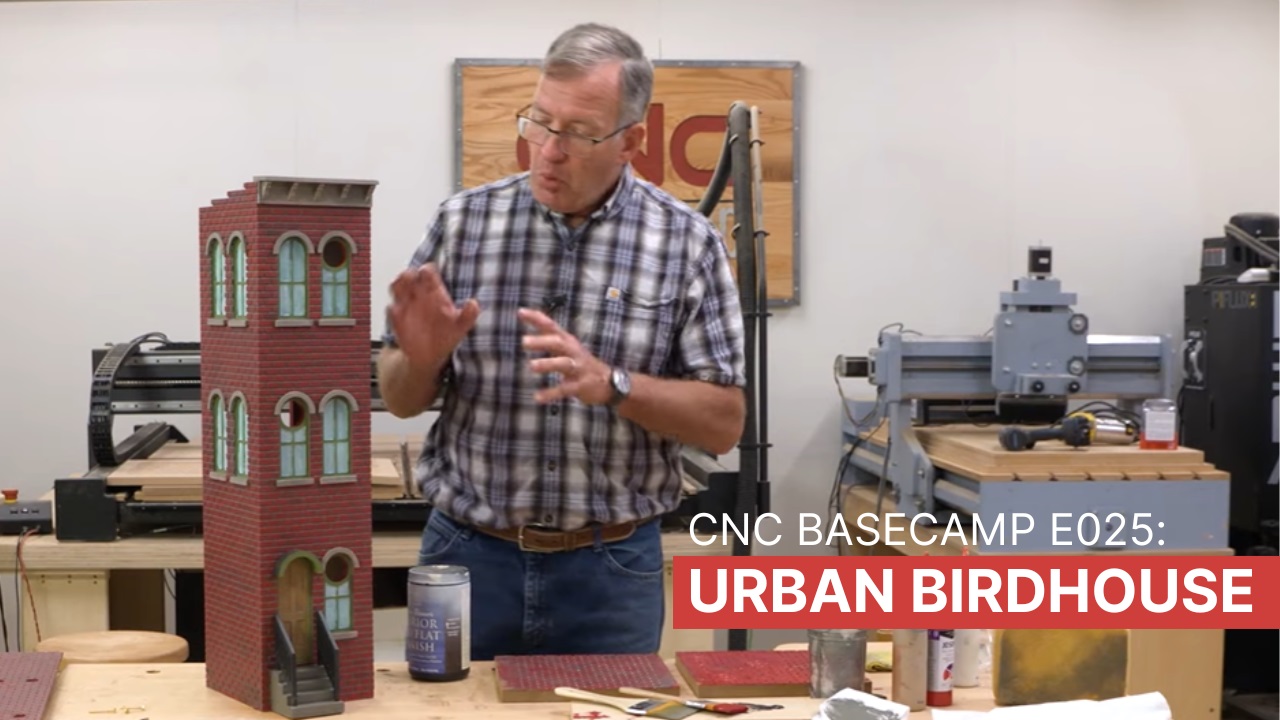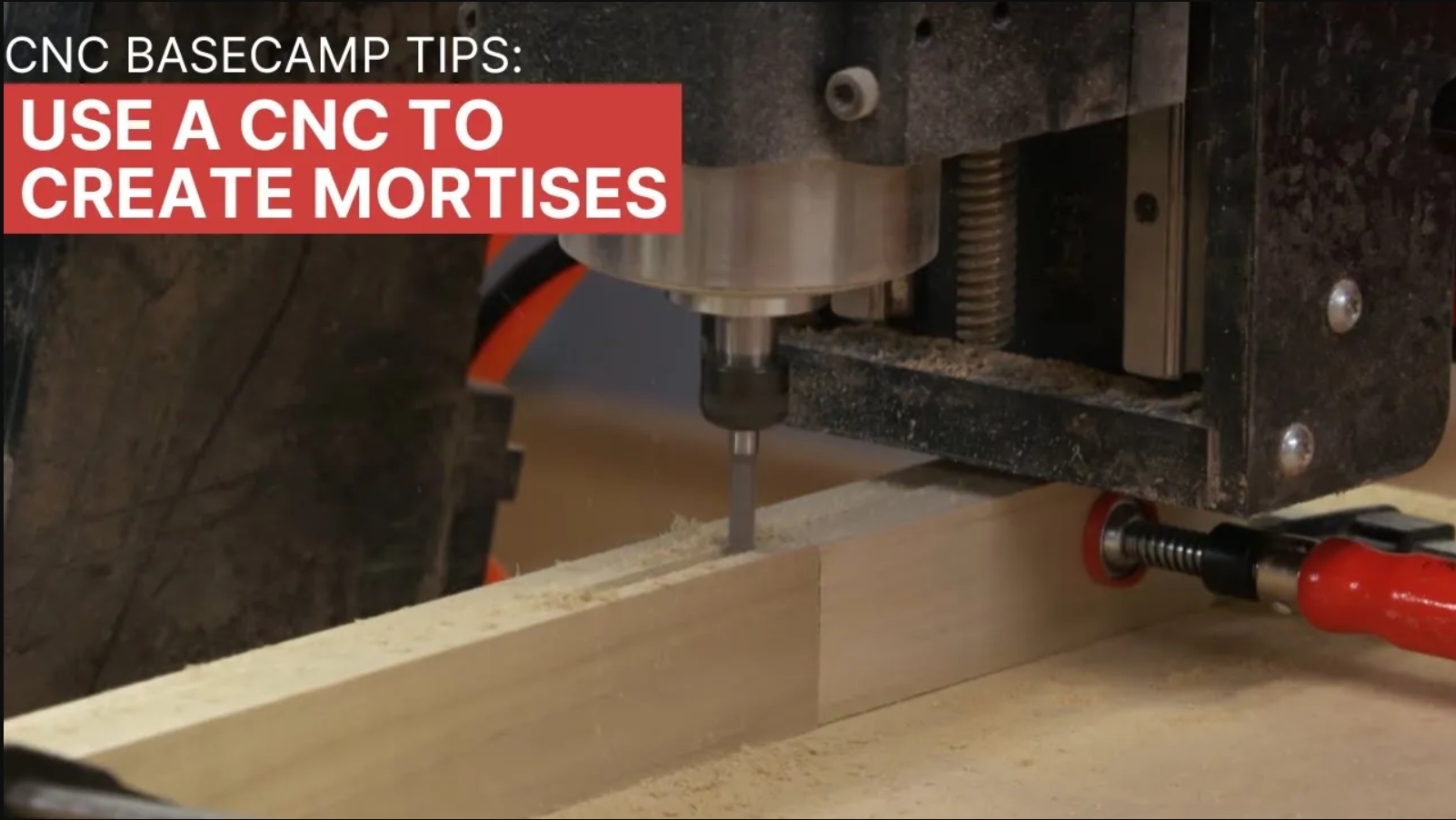One easy way to introduce 2-D patterns into your projects is to use geometric patterns. Geometric patterns are a great way to grab a lot of attention, or to create a soft, subtle, rhythmic effect that compliments your project. A geometric pattern consists of lines and shapes, such as triangles, circles and squares, that are arranged in a repeated fashion. Here are few tips for using geometric patterns.

Whether your pattern is bold or subtle, consider balancing the pattern out with some less-busy elements. So, if you’re using a pattern that has distinctive and bold elements, adding in some complementary blank space can help to keep the pattern legible to the eye and not too overwhelming. In the case of the wall cabinet, I opted to use geometric pattern on the door only.

Use strong and vibrant colors for the patterns, and don’t limit yourself to just raw wood. Dyed wood, metal, tinted epoxy resin and even plastic are all possibilities to introduce color. While bright colors are stunning, also consider a monochromatic approach, such as an all cherry inlay set in a maple background. With monochromatic designs simplicity and repetition work well as a team.

Play with the scale of your pattern. Design software allows for quick and easy changes in size. Scale up to produce distinct blocks of color and shape, scale down and create a background effect of texture and fine detail.

Inlay work is one way of creating a pattern. The inlay can be set flush or can be set raised for a “tiled” look. Another approach is to remove material from the base form. Cutting through a colored veneer layer and into a plain interior will make the design pop.

To get started working with geometric patterns, begin with a web search of “geometric patterns.” You will be amazed at all the different examples that can serve as inspirations for your work. Don’t be overwhelmed by the apparent complexity of the designs. For most patterns you only have to draw one “block,” then it’s a matter of using the rectangular array tool in your drawing software to expand the pattern to the size and scale needed.












